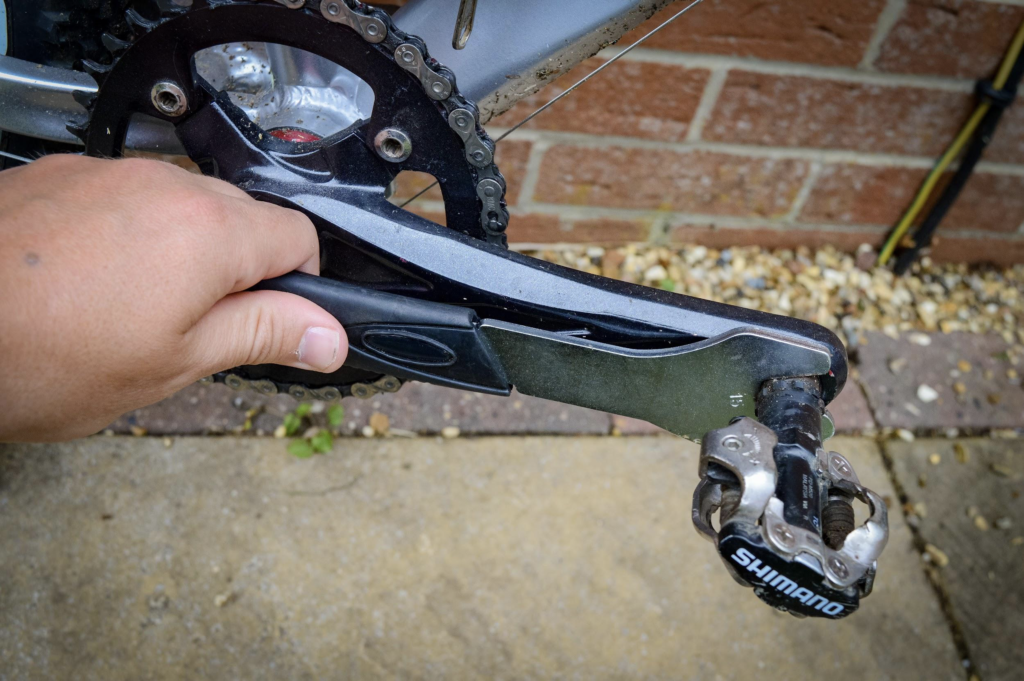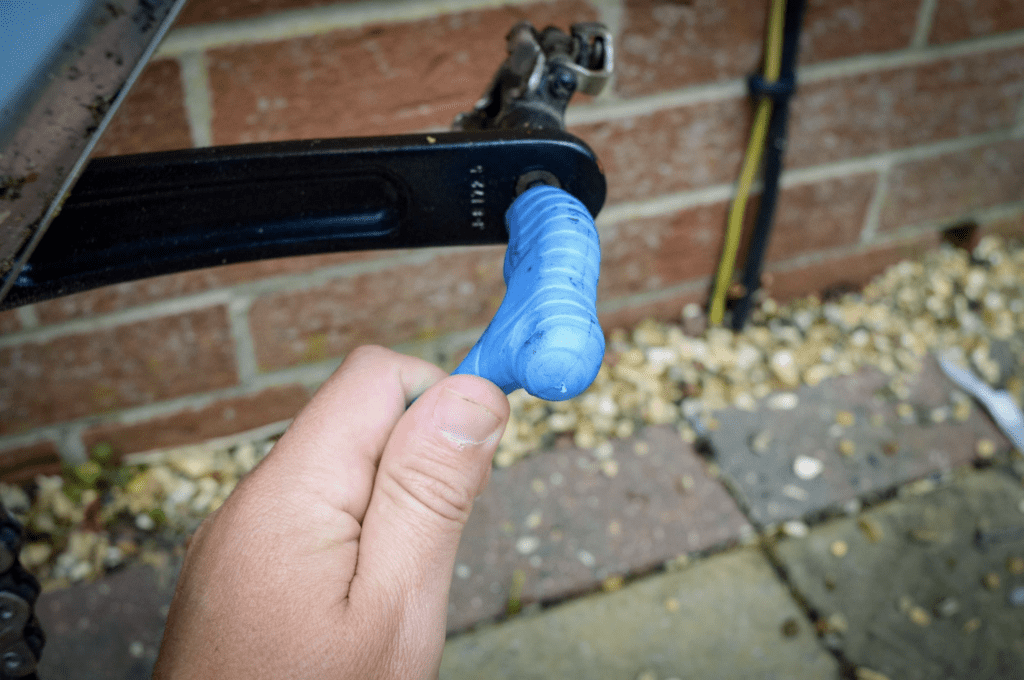Changing bicycle pedals, although on the surface, might seem like a simple job, it can be a little more complicated and, if done incorrectly, can be a costly mistake. That’s why in this article, we’re going to tell you all about how to remove pedals and install new ones.
How to Remove Bicycle Pedals
If you’re planning on removing bicycle pedals, here’s the process we recommend you start following to ensure that you are doing it properly.
1. Prepare the tools you will need.
You may need a 6mm or 8mm Allen key and a 15mm open-ended wrench (some call it a pedal spanner). Regardless of the tool needed, long-handled types would be better since they offer extra leverage and extra security for yourself when being used.
2. Get started
You’re going to want to get the bike in a place where it is safe to work on, and we recommend not having it in a stand, and this will typically make the job much more challenging. Have your tools ready, and we recommend ensuring you know which way is clockwise and anti-clockwise.
3. Locate the pedal axle
The pedal axle will always be on the inside of the pedal, where it attaches to the crank or crank arm. It will be a shaft around 10mm thick and will either have a hex edge or flat to use a wrench on. Failing that, you will have an Allen key hole on the reverse side.

4. Remove the Pedals
Here’s the tough bit. You need to remove the pedals now, remembering that the threads are multi-directional. To remove it will be anti-clockwise on the right pedal and clockwise on the left pedal. One side is different from the other, but we have a simple formula to get it right each time.
You first need to point the crank arm forward, so it points to the front wheel. Put the wrench, or Allen key lined up with it on the same level but pointing in the opposite direction, then apply pressure downwards.
Some bicycle pedals require some force, and you might need to get a little creative, but the most important thing is to ensure you’re going in the correct direction.

5. Clean and inspect the threads
After you have gotten the pedals out, you are going to need to ensure there’s no play and they spin correctly. Then clean them and put them aside. Then you will want to clean where they came out from on the crank arm and inspect the threads to ensure they are not rounded.
How to Install Bike Pedals
Installing pedals onto your bike is easy and a valuable skill to learn, especially if you plan to travel with your bike on a plane or plan to send it somewhere in the post. Bikes in transit do require not to have pedals because they can easily get damaged or damage other goods.
1. Prepare your tools
For pedal installation, you will require the same tools to remove them, typically a 15mm pedal wrench or a 6mm or 8mm Allen key. You don’t need a long-handled tool when installing new pedals, as they shouldn’t be tough to tighten. You will also require some good quality pedal grease.
2. Getting Started
The first thing you want to do is find a safe place where you can work on the bike and not have anything in the way. Then after that, you are going to want to get your pedals and start inspecting them for any play in the bearings by holding the axle and trying to move the pedal itself. Once you find you have no play, you will want to check they spin smoothly too.
After you do this, you’ll need to make sure you know which is the right pedal and the left pedal. Pedals are not identical, and you have a right and a left typically. To find this information, look at the shaft of the pedal for either an L or an R. Once found, place the correct left pedal on the correct side of the bike but don’t install it yet. Do the same for the right pedal.
3. Grease the Crank threads
Before installing the new pedals, it’s a good habit to install some grease into the treads on the crank arm. This means the pedals will go in much smoother, and when it comes to needing to remove them, you will have a much easier job. All you have to do is clean the threads and then just put some grease on your finger and place it inside, trying to cover as much of the thread as possible.
4. Install the pedals
Now it’s time to install the pedals. You can pick between the left pedal or right pedal, based on your preference. Make sure the threads are clean, and you are installing the correct side. Then start installing it without using the tool, just your hands.
You will need to go the opposite way than when you removed them. So face the crank arm towards the front wheel and then start turning the pedal spindle clockwise on the right side and anti-clockwise on the left side.
Once the finger is tight, you will want to use the tool to tighten the pedal spindle further. These can’t be loose, or you will end up damaging the crank.
You need to ensure they are nice and snug and try not to over-tighten them. Most manufacturers recommend 40nm, so you need to put some force in but don’t go silly and use your feet by jumping on the tools.

FAQs
How to remove pedals without a pedal wrench?
A regular wrench or a pedal wrench can be improvised from an adjustable spanner. We don’t recommend this as you can round threads. Most modern-day pedals have Allen keyholes on the back as well as a pedal wrench spanner fitment.
Do all pedals fit all cranks?
According to Park Tool, yes – but with one caveat. It matters what type of crank arm you have. A 1/2″ x 20 thread size is the most common on modern bikes, but some companies are moving away from this standard to an 8mm x 1 metric thread size, which will require a different set of pedal threads.
What size wrench do I need to remove pedals?
The Allen screws are typically 6mm or 8mm (size is different depending on the bike manufacturer). Certain types of bikes use different size Allen key bolts, so make sure to check what size you need before buying.
How do you remove stuck pedals with an Allen wrench?
We recommend going to a bike shop if your left or right pedal is stuck. They will remove the crank, put it in a vice, and then use special tools to remove the stuck pedal. It can be a tough task and involve applying a hammer to your bike, and if done incorrectly could damage your cranks.
Word of Caution
Proper installation and removal of bicycle pedal systems are necessary to keep your bicycle safe. Some parts of the bike may be damaged if you mishandle them during installation and removal.
More often than not, the first pedal removal and installation will come with a learning curve until you get used to the idea of how everything works. Seek help from a reputable local bike shop if you encounter any problems during the installation and removal of your bicycle pedal systems.





